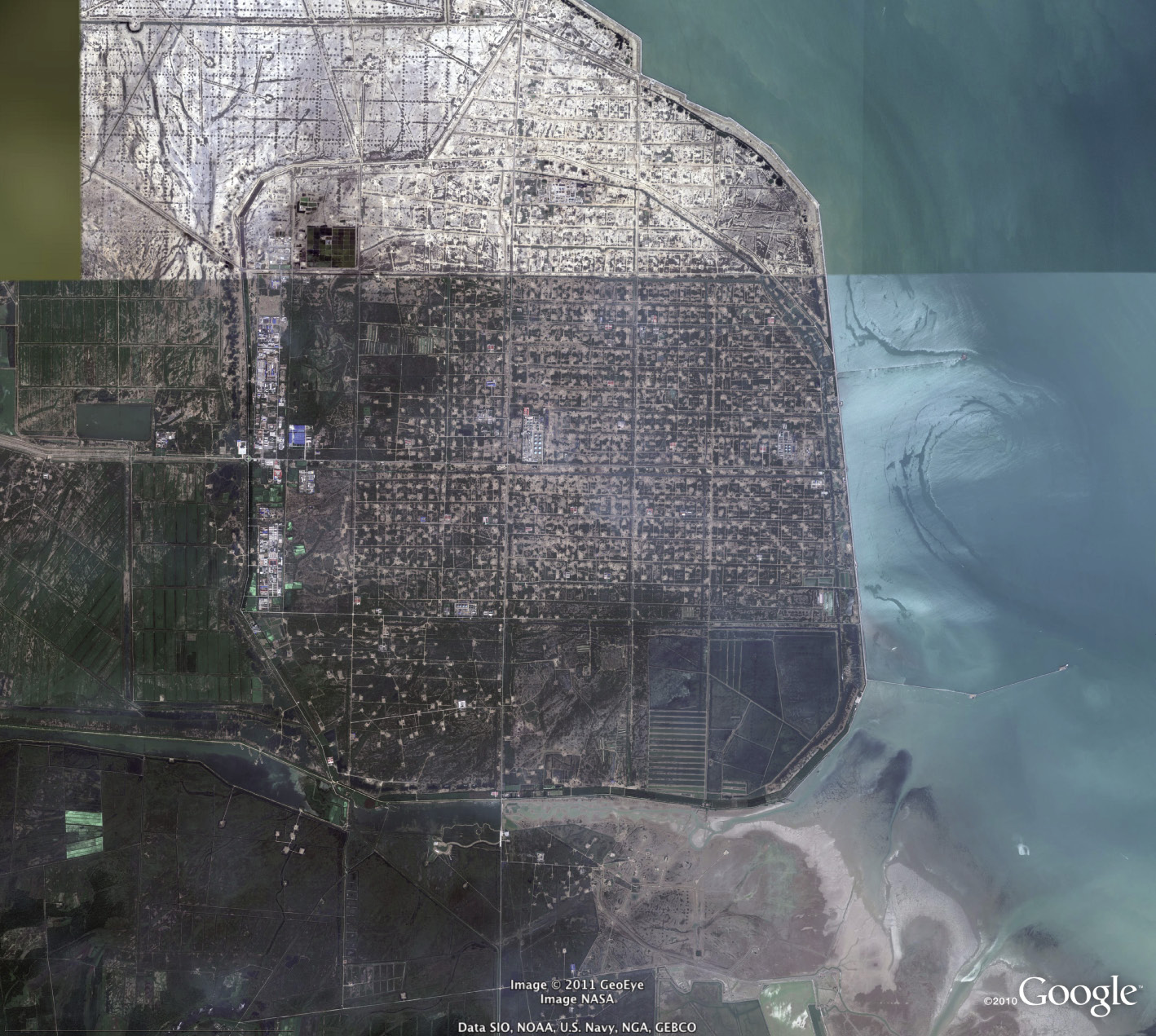- Home
- Publications
- PAGES Magazine
- Vulnerability of Coastlines - How Do Environmental Changes Affect Coastlines and River Deltas? [Present]
Vulnerability of coastlines - How do environmental changes affect coastlines and river deltas? [Present]
James Syvitski
PAGES news
20(1)
34
2012
James Syvitski
INSTAAR, University of Colorado, Boulder, USA; show mail address
Most coastal zones of the world are ephemeral or sensitive to change, an exception being rocky shorelines that respond quite slowly to perturbations. Under the influence of long-term trends in Holocene sea level, coastlines have retreated, advanced or changed the nature of their land-sea interaction. But the human footprint is very large and growing in many places. For example the ocean volume is increasing due to human-induced global warming of the ocean (the steric effect) and the melt of our mountain and polar ice masses.
These modern trends are superimposed on regionally variable sea-level changes put in place prior to when humans began to have a significant impact. For coastlines undergoing uplift and where sea level continues to fall, for example those in the Pleistocene ice sheet zones, the rate will have slowed due to the more recent anthropogenic impact. For coastlines that were largely stable over the past few millennia, sea-level rise has begun to accelerate coastal retreat and is expected to do so in the foreseeable future.
In many of the world’s deltas, human-induced subsidence – by water and petroleum mining, for example – now overwhelms the eustatic (global) sea level rise signal. In a study of 33 global deltas, relative sea-level rise was found to be four times larger on average than that for nearby bedrock shorelines (Syvitski et al. 2009). Tens of millions of hectares are flooded every year, and future flooding is only expected to get worse (Nicholls 2004; Syvitski et al. 2009).
Human activities further compound the problem of shoreline retreat (Fig. 1). For example, protective coastal mangrove forests or wetlands are removed, often to make room for shrimp farms (Woodroffe et al. 2006), accelerating coastal retreat from meters/year to kilometers/year. Coastal retreat in the arctic is also extremely high due to a combination of reduced summer sea-ice cover – which leads to increased wave energy – and a warmer coastal ocean. Together these processes combine to physically and thermally destroy thousands of kilometers of arctic coastal bluffs (Forbes 2010).
The great reduction in the sediment delivery to the world’s coastal oceans is an important factor (Blum and Robert 2009) in coastal retreat. On average, there has been 1 major dam (>15 m in height) built every day for the last 110 years, sequestering hundreds of gigatons of sediment and carbon in reservoirs and greatly limiting the transport of sediment to the coast (Syvitski et al. 2005). Without this “fresh” sediment for tides and waves to rework, shoreline sediment is consumed and coastal retreat is accelerated.
The combination of decreased vegetation, reduced coastal sediment delivery and higher sea levels makes coastlines more susceptible to tropical storms and their surges: latest research shows that the frequency of the most intense storms will increase throughout this century (Knutson et al. 2010; Tom Knutson, this issue). The result is an ever-increasing reliance on engineering structures to protect infrastructure (e.g. cities, industry, transportation facilities, agriculture) that is found increasingly at elevations below sea level. These engineering structures can be overwhelmed with devastating consequences, as in the case of Hurricane Katrina and the Sendai Tsunamis.
Human activity has also lead to the formation of many coastal features: for example the deltas of rivers such as the Po and Rhone were formed due to anthropogenic acceleration of soil erosion by deforestation and farming activities. The deltas were inherently unstable. When soil erosion was reduced or sediment delivery was reduced with the proliferation of dams, these unstable deltas were the first to enter the destructive phase affecting much of the world’s coastlines. A combination of modern and historical perspectives can help understand the global footprint of humans on our world’s coastlines. And this can help us develop effective policies and protocols for learning to live in such transient environments.
selected references
Full reference list online under: http://pastglobalchanges.org/products/newsletters/ref2012_1.pdf
Blum MD and Roberts HH (2009) Nature Geoscience 2: 488-491
Knutson et al. (2010) Nature Geoscience 3: 157-163
Nicholls RJ (2004) Global Environmental Change 14: 69-86
Syvitski JPM et al. (2009) Nature Geoscience 2: 681-689
Syvitski JPM, Vörösmarty C, Kettner AJ and Green P (2005) Science 308: 376-380
